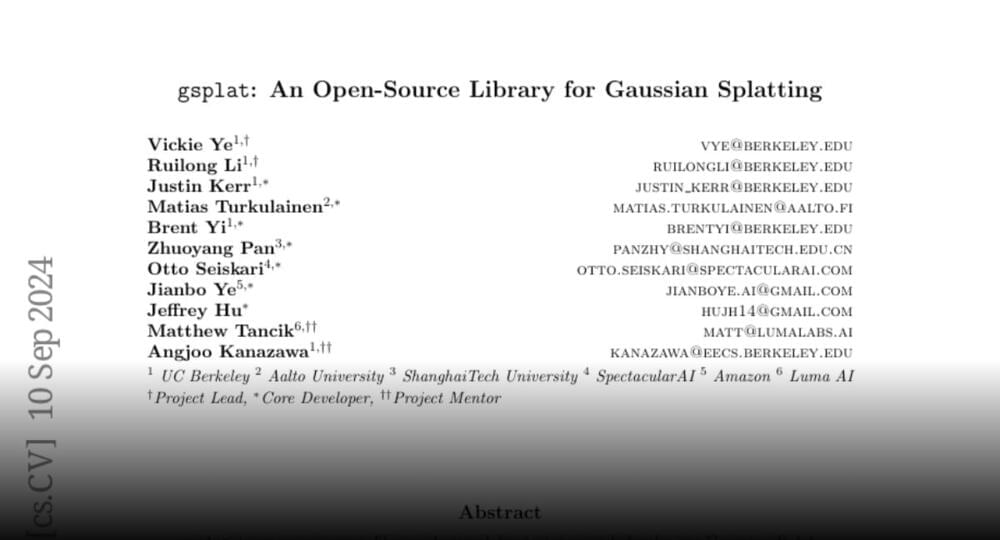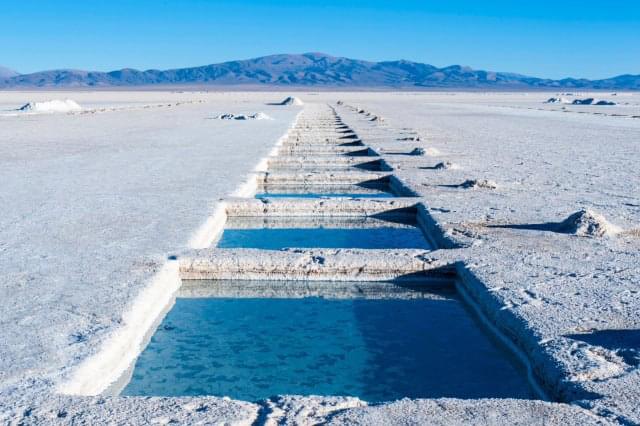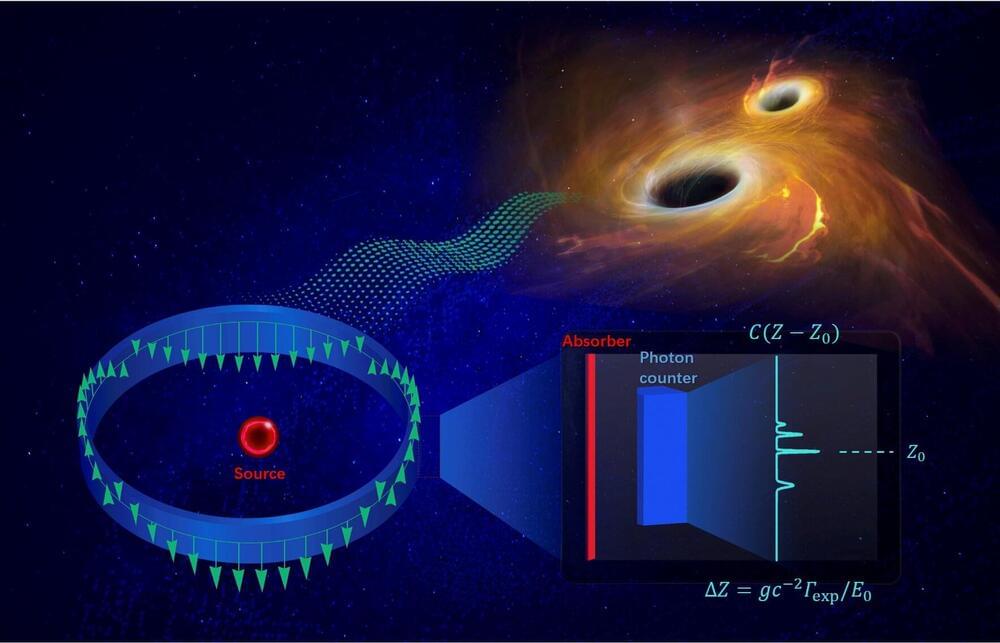The team was able to recreate NASA’s iconic “Pillars of Creation” image from the James Webb Space Telescope data — originally created by a supercomputer — using just a tabletop computer.





Live coverage as the Polaris Dawn crew attempt the world’s first commercial spacewalk from the SpaceX Dragon capsule Resilience. The spacewalk is scheduled to begin at 5:58 a.m. EDT (0858 UTC) but the time is subject to change.
Aboard Resilience are mission commander, Jared Isaacman, retired U.S. Air Force pilot, Scott “Kidd” Poteet, and two SpaceX Lead Space Operations Engineers, Anna Menon and Sarah Gillis. Isaacman and Gillis will take turns emerging from the Dragon’s hatch while Poteet and Menon remain inside. The entire spacecraft will be depressurised for the Extravehicular Activity (EVA).
In addition to performing the spacewalk the crew have already flown further from Earth than anyone since the Apollo era.
Commentary will be provided by Will Robinson-Smith.
Videos like this are made possible by the support of our members. Join this channel to get access to perks:
/ @spaceflightnowvideo

Game Developer jourverse, who is currently working on a tutorial series focused on building a traffic system in Unreal Engine 5, shared a demo project file for this procedural road network integrated with vehicle AI for obstacle avoidance, using A* for pathfinding.
The developer explained that both the A* algorithm and the road editor mode are implemented in C++, with no use of neural networks. Vehicle AI operations like spline following, reversing, and performing 3-point turns are handled through Blueprints. The vehicle AI navigates using two paths: the green spline for the main route and the blue spline for obstacle avoidance. The main spline leverages road network nodes to determine the path to the target via A* on FPathNode, which includes adjacent road nodes.
For obstacle detection, the vehicle employs polynomial regression to predict its future position. Upon detecting an obstacle, a grid of sphere traces is generated to map the obstacle’s location, and another A* algorithm is employed to create a path around the obstacle.


Researchers at SWC have mapped how the brain transforms sensations into action.
Read the story: https://sainsburywellcome.org/web/research-news/brain-wide-d…discovered.
Full paper in https://nature.com/articles/s41586-024-07908-w.
This study explores how the brain connects…
Brain-wide recordings in mice show that learning leads to sensory evidence integration in many brain areas simultaneously, allowing sensory input to drive global movement preparatory dynamics, which collapse upon movement onset.

Scientists at the Institute of High Energy Physics (IHEP) of the Chinese Academy of Sciences have proposed an innovative method to realize gravitational wave detection by utilizing Mössbauer resonance. Their findings, recently published in Science Bulletin, highlight a new approach that could revolutionize the study of gravitational waves.

Most atoms are made from positively charged protons, neutral neutrons and negatively charged electrons. Positronium is an exotic atom composed of a single negative electron and a positively charged antimatter positron. It is naturally very short-lived, but researchers including those from the University of Tokyo successfully cooled and slowed down samples of positronium using carefully tuned lasers.